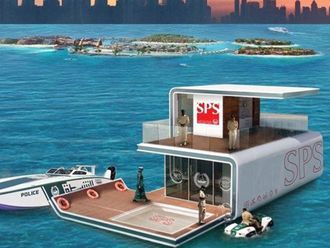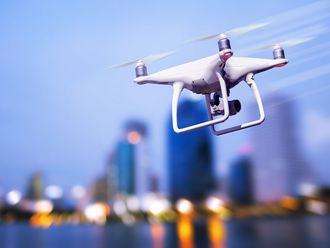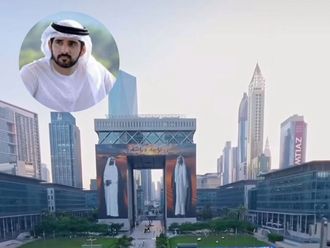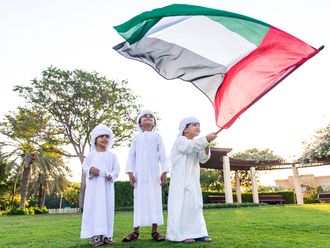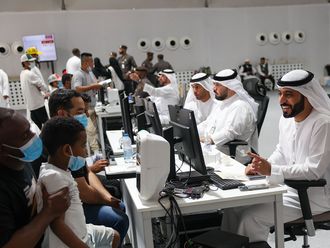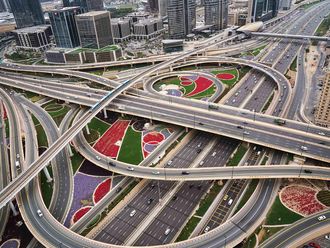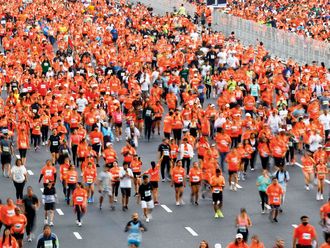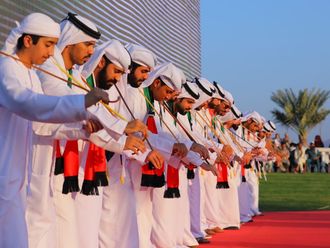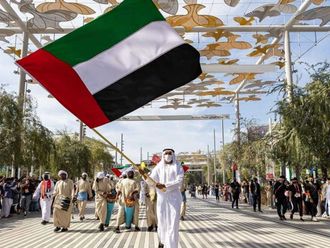Al Ain: Dubai’s rapid urban growth and its dynamics has come under the international spotlight with the Guggenheim Museum New York selecting a UAE University’s (UAEU) multimedia study as part of its exhibition.
The exhibition, which runs until January 5, explores the major themes and ideas that have emerged from the BMW Guggenheim Laboratory, a mobile think tank for exploring urban life, during its recent two-year travels to New York, Berlin and Mumbai.
The study — Mapping Dubai: Towards an understanding of urban form and social structure — is the only entry from the GCC region, said Dr Yasser Al Sheshtawy, associate professor at the Department of Architectural Engineering of the UAEU. He has been working on the project along with three Emirati student assistants, Omar Al Bastaki, Mahmoud Al Sa’adi and Mohammad Al Mutawa — all residents of Dubai.
“This multimedia entry uses time-lapse and regular video footage to highlight the extent to which Dubai enables such a condition through its neighbourhoods that are home to a large migrant population from South Asia,” said Dr Al Sheshtawy.
The video, he said, shows how everyday life unfolds on a street corner through the course of the day. It also shows the extent to which this corner becomes a microcosm for that community, enabling them to maintain their local lifestyle. The place, a Hor Al Anz street corner, represents a place where people from different backgrounds mingle and interact.
“The video concludes with a commentary on how multiculturalism is manifested in Dubai, and potential urban interventions that enable and promote such a condition through the celebration of everyday life,” he added.
Work on the project was carried out at the Urban Research Lab, a facility set up by Dr Al Sheshtawy with a UAE National Research Foundation (UAE-NRF) grant. The lab seeks to undertake research into the urban environment of cities in the Arabian Peninsula with a specific focus on the UAE.
He said that given Dubai’s rapid growth there is an urgent need to study its urban form in a systematic manner that will allow for a more thorough understanding of the city’s urban spaces.
“The overall outcome will be an urban portrait of select areas within Dubai, which navigates between the macro and the micro level,” he said.
The project will produce a series of digitised maps coded according to a set of indicators.
Dr Al Sheshtawy said this cartography of Dubai will form a narrative atlas addressing the need for a better understanding on how residents navigate through the city’s spaces and the degree to which their everyday experience can be enhanced.


